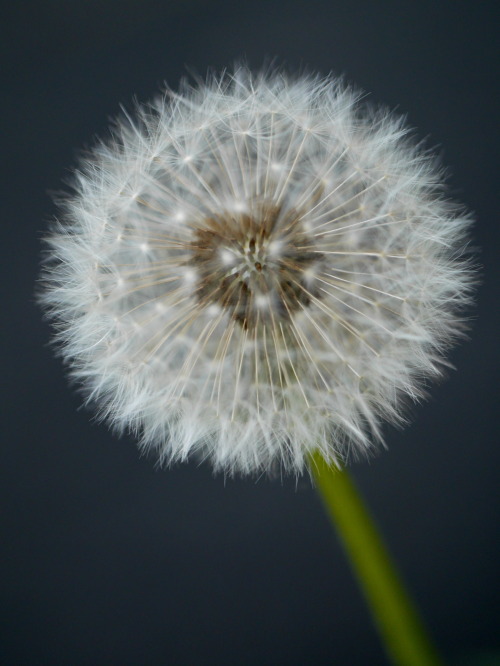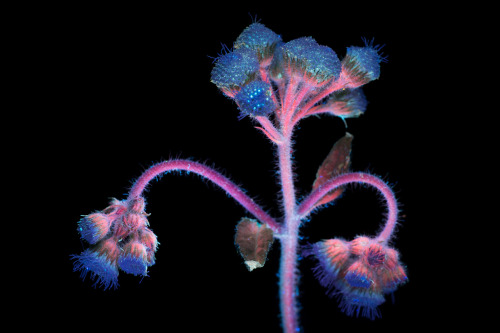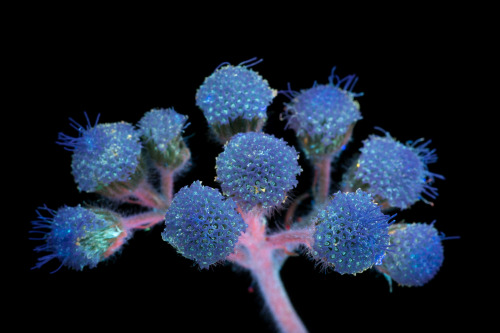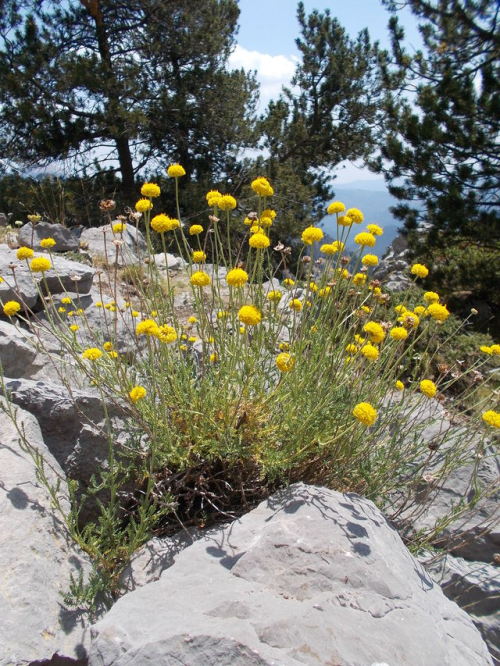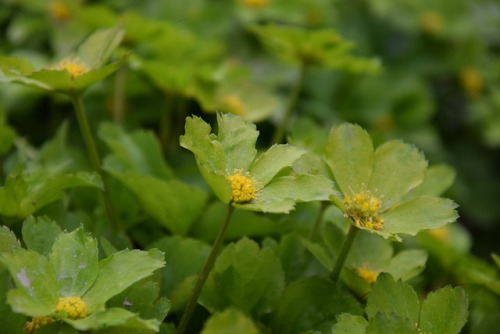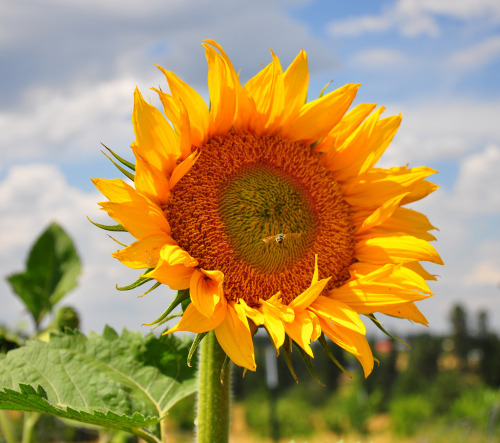#asteraceae
Balsamorhiza sagittata “Arrowleaf Balsamroot” Asteraceae
Tobacco Root Mountains, MT
June 3, 2016
Robert Niese
I recently acquired a new phone with a decent camera! This was especially fortuitous last week when I managed to accidentally stumble upon this huge late bloom of balsamroot without my DSLR handy. These hillsides were still completely blanketed in blooming B. sagittata, while Missoula’s hillsides have all faded in the past few weeks. And for the record, this phone camera has more megapixels than my first DSLR… Weird.
Post link
Taraxacum officinale “Common Dandelion” Asteraceae (Compositae)
Missoula, MT
May 2, 2016
Robert Niese
Generic, but beautiful nonetheless. Each of those tiny wind dancers is actually a fruit called an achene. Each achene arose from an individual flower of which there are hundreds in a single dandelion head (actually there are only 50-200 flowers per head, but “hundreds” sounds better) . This is where the family got its old name, “Compositae.” Each of their composite “flowers” are made up of loads of tiny individual flowers. So next time your lover asks for flowers, pick them a couple dandelions and astound them with an offering of many hundreds of flowers instead of a measly dozen roses.
Post link
Lasioglossum(Hemihalictus) sp. “Weak-veined Sweat Bee” Halictidae
onSolidago missouriensis. “Prairie Goldenrod” Asteraceae
Apgar Lookout Trail, Glacier National Park, MT
October 9, 2015
Robert Niese
Lasioglossum is the world’s largest genus of bees and contains more than 1700 species worldwide. Like many other speciose invertebrate genera, we know relatively little about these organisms and only a handful of entomologists worldwide are capable of identifying them to species. In the last five years, researchers throughout North America have revised the taxonomy of this group using phylogenetic data, new morphological characters, and over 10,000 museum specimens. According to their keys, this particular individual is possibly a male L. (Hemihalictus)inconditum.
Post link
Ageratum houstonianum is an annual member of the sunflower family (Asteraceae)prized in ornamental gardens for its blue fluffy flowers. Originating in Mexico and Central America it has made its way throughout the world, quickly becoming naturalized and invasive. I found this subject growing wild on a hilly roadside on Oahu right next to the previously posted Medinilla magnifica, and made a collection to photograph that night. One notable trait of this plant is that all parts contain toxic alkaloids which make it hazardous when consumed for humans, but especially for grazing animals apt to eat larger quantities of it.
Post link
Flowers Growing Out of Flowers (Things Are Getting Weird Out There)
I’m sure that anyone living through the events of 2020 would agree, these are truly wild times. So, when I stumbled across some purple coneflowers that appeared to be growing flowers out of flowers, I thought to myself, “Of course! Why not!?!” The world is upside down. Anything is possible.
As it turns out, however, this phenomenon occurs more frequently than I was aware. But it’s not…
Meet Erigeron linearis
Erigeron is a genus of herbaceous, flowering plants consisting of between 390 and 460 species and is a member of the aster/sunflower family (Asteraceae). Plants in this genus are annuals, biennials, or perennials and are mainly found in temperate regions around the world. At least 163 species occur in the contiguous United States. Erigeron diversity is particularly high in western states;…







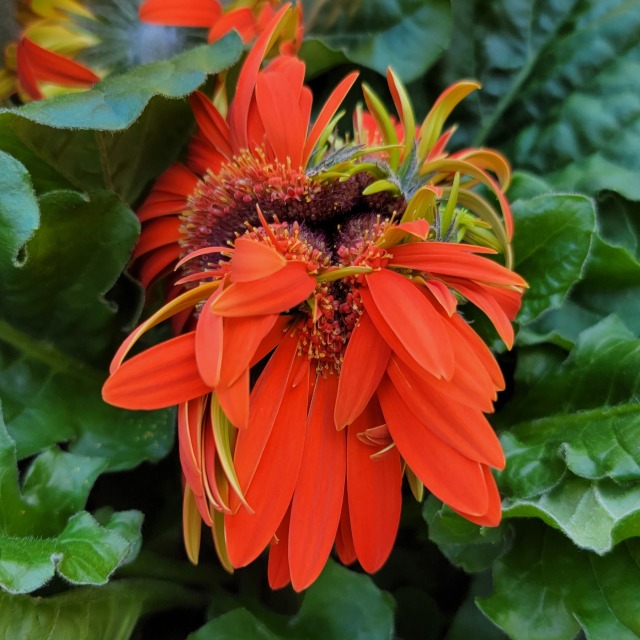
Some weirdo gerberas I found at the grocery store. The first plant shows proliferation on both flowers. The second plant had mostly normal flowers, but also had one of the most extraordinarily fasciated inflorescenses I’ve seen in person. These plants came from the same grower per their tags, so it’s possible these mutations are due to growing conditions or overzealous use of hormones like gibberellic acid
Helianthus annuus, sunflower
This Sunday, May 1st, is International Sunflower Guerrilla Gardening Day.
Post link


